Tapioca Benefits: 5 Health Boosts For Gut, Heart And More
Learn about the beneficial nutrition facts of this carb-rich, gluten-free alternative.
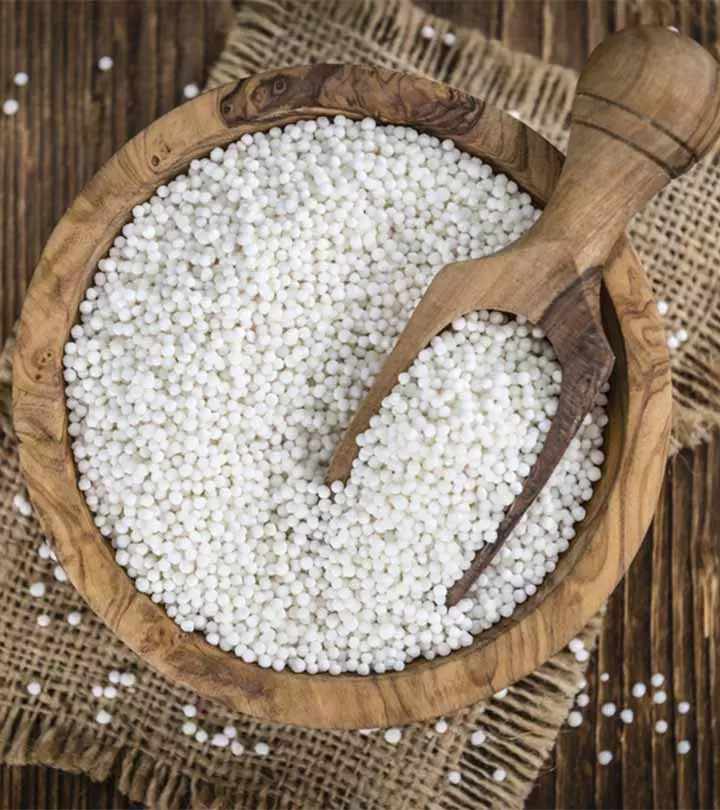
Image: Shutterstock
Tapioca is the starch extracted from the roots of the cassava (Manihot esculenta) plant native to South America. It is a popular gluten-free alternative for people with celiac diseasei An immune reaction to gluten in which its consumption can inflame and damage the intestine’s lining. and a staple for millions around the world. This carbohydrate-rich starch is available in the form of flour, pearls, and flakes and can be used to make pudding or bubble tea. It is ideal for people who are on restricted diets. So, how does tapioca actually benefit your health?
In this article, we explore the health benefits of tapioca, its nutrition, possible side effects, and a few simple recipes to try.

 Know Your Ingredient: Tapioca
Know Your Ingredient: TapiocaWhat Is It?
Starch extracted from the roots of the cassava (Manihot esculenta) plant.
What Are Its Benefits?
It may improve digestion, aid in weight gain, promote heart health and boost breast milk production.
Who Can Use It?
It is considered safe for most people for those with pre-diabetes and diabetes.
How Often?
You can consume it daily in moderation.
Caution
Consuming improperly processed cassava products can be dangerous as they may contain cyanogenic glycosides and may also cause konzo, anaphylaxis.
In This Article
What Is Tapioca?
Tapioca is produced by squeezing the liquid out of ground cassava roots. The liquid is then allowed to evaporate, leaving behind a fine tapioca powder.
Tapioca is used as a thickening agent in soups and sauces as it has a neutral flavor and strong gelling power. There are many tapioca varieties available on the market, including chips, noodles, and wraps. These are used in traditional as well as innovative cuisine. Pearls are the most common form of tapioca, which are opaque when raw but become translucent when cooked in boiling water. You can find tapioca in the gluten-free section of supermarkets and food stores.
So, what nutrients does tapioca provide? Keep scrolling to know more about its vitamin and mineral content.
Key Takeaways
- Tapioca is used in soups and sauces as a thickening agent.
- It may help you gain weight, enhance digestion, and promote heart health.
- Tapioca pudding, bubble tea, and blueberry tapioca pie are some tapioca dishes.
Tapioca Nutrition Facts
According to the U.S. Department of Agriculture, one cup (152g) of dry, pearl tapioca contains (1):
| Calories | 544 kcal |
| Protein | 0.289g |
| Fat | 0.03g |
| Carbohydrate | 135g |
| Fiber | 1.37g |
| Sugar | 5.09g |
| Calcium | 30.4 mg |
| Iron | 2.4 mg |
| Magnesium | 1.52 mg |
| Phosphorus | 10.6 mg |
| Potassium | 16.7 mg |
| Sodium | 1.52 mg |
| Folate | 6.08 µg |
So is tapioca healthy? Yes, this nutrient-rich profile of tapioca is sure to benefit your health in many ways. We explore its four major benefits in the following section. Keep reading.
Health Benefits Of Tapioca
The starch obtained from the root of cassava benefits your body in many ways. Here are the top advantages you should know about.
1. May Improve Digestion

Trista Best, RDN, says, “Tapioca is quite easy to digest and easy on the gut since it is not inflammatory in nature. This allows it to help mitigate and prevent gastrointestinal issues common to other flours and thickeners.” Besides, the fiber in tapioca may help improve digestive health. A review published in the World Journal of Gastroenterology suggests that dietary fiber intake may increase stool frequency in people with constipation (2). Moreover, high fiber intake may also reduce the risk of distal colon cancer (3).
Additionally, since digestive health is associated with skin conditions like eczema and acne, adding tapioca to your diet may improve your skin health. However, more research is needed to support this claim.
2. May Support Weight Gain
, a nutritionist, says, “There are times when weight gain is necessary for an individual whether it be for personal fitness goals or to improve health. Tapioca makes an excellent aid to a diet focused on weight gain”. “A cup of tapioca pearls is over 500 calories and approximately 135 grams of carbohydrates. One of the most beneficial aspects of using tapioca for weight gain is the fact that it will not cause an increase in cholesterol like other means of weight gain tend to do,” she adds.
 Trivia
Trivia3. May Promote Heart Health

Tapioca contains no saturated fat. Long-term trials found that reduced saturated fatty acid intake may decrease the risk of combined cardiovascular diseases by 21 percent (4). Another study found that the antioxidant flavonoids and alkaloids in cassava help manage cardiovascular complications, including heart disease. Furthermore, fiber is anti-dyslipidemic – it helps reduce the risk of abnormally high cholesterol levels in the blood. This also contributes to a reduced cardiovascular disease risk (5). However, more studies are needed to understand this phenomenon of tapioca in humans and how it helps the heart and immune system.
4. Is Suitable For People On Restricted Diets
According to research, one in every 141 persons has celiac diseasei An immune reaction to gluten in which its consumption can inflame and damage the intestine’s lining. in the United States (0.711%) (6). Tapioca is grain-, gluten-, and wheat-free and is the best option for people with gluten sensitivity. Therefore, it is the best substitute for wheat flour in baking.
Tapioca flour is also often used by those on a paleo diet or an autoimmune protocol dieti A diet based on the paleolithic era that encourages people to eat unprocessed foods in order to lose weight and prevent heart diseases. . In addition, lactating mothers consume cassava leaf products to boost their breast milk production (7).
5. May Support Healthy Pregnancy
Tapioca is a great source of iron with one cup containing approximately 2.4 mg of the nutrient (8). The recommended daily intake of iron ranges from 8 to 18 mg for adults, depending on their gender and age. However, the intake value significantly increases to 27 mg for pregnant individuals (9). This extra intake is required to provide substantial support during fetoplacental development and increase protection against symptoms of anemia. Hence, it may be beneficial to consume tapioca for pregnancy.
As with many other healthy foods, tapioca too may have some side effects. Scroll down to know.
Side Effects Of Tapioca
There are no documented reports on the side effects of tapioca. However, consuming improperly processed cassava products can be dangerous as they may contain cyanogenic glycosides (that can cause cyanide poisoning) (10). Moreover, several deaths were reported in Nigeria after consuming improperly processed cassava (11). A study by Faro Central Hospital (Portugal) found that it may also cause a neurological disease called konzo that affects regular brain function (12). Cassava may also cause anaphylaxis (serious allergic reaction) in people with latex allergies due to cross-reactivity (13). Tapioca starch does have a high glycemic indexi A scale that measures rates of carbohydrates in food from 1 to 100, depending on how much they influence the blood glucose level. that can cause a spike in insulin and blood sugar and may therefore be unsuitable for those with pre-diabetes and diabetes.
 Trivia
TriviaSince tapioca is made from only the starch content of cassava, it is generally considered safe. But how can you include it in your diet? Here are a few ways to consider.
What Is Tapioca Used For?

- Tapioca flour makes gluten-free and grain-free bread, and is often used to make casabe (a type of flatbread). Tapioca can also be eaten as breakfast, dinner, or dessert with different toppings.
- Tapioca pearls are used to make puddings, snacks, or bubble tea.
- Tapioca can be used as a thickener for soups, sauces, and gravies. It has a neutral flavor and does not alter the taste of the original dish.
- You can also add it to burgers, nuggets, and dough to improve their texture and moisture.
Here is how you can prepare tapioca pearls for these recipes:
- Wash the tapioca pearls in cold water.
- Add them to a pot of water and bring to a boil.
- Then, turn down the heat to medium.
- Cook for 10-15 minutes and stir occasionally to prevent the pearls from sticking to each other or the bottom of the pot.
- Once the tapioca pearls are soft and translucent, turn off the heat.
If you wish to add tapioca pearls to your burger patties, nuggets, or dough, do the following:
- Wash the tapioca pearls in cold water.
- Soak in water for 4-5 hours or overnight.
- Drain any remaining water before use.
You can also prepare some delicious recipes with tapioca. In the following section, we list three simple tapioca recipes to try at home.
Tapioca Recipes
1. Tapioca Pudding
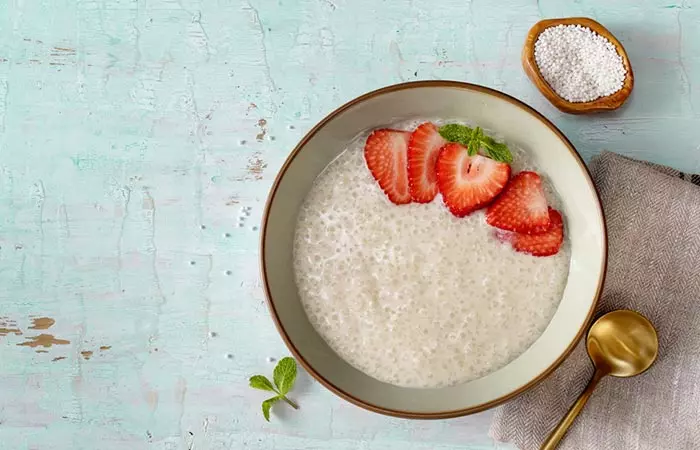
What You Need
- Small pearl tapioca – ½ cup
- Large eggs – 2
- Whole milk – 3 cups
- Sugar – ½ cup
- Salt – ¼ teaspoon
- Vanilla extract – 1 teaspoon
Process
- Combine the tapioca, milk, and salt in a 1½ quart pan on medium-high heat.
- Stir while bringing to a bare simmer.
- Lower the heat and add sugar gradually until the tapioca pearls have plumped up and thickened.
(Note: It will take anywhere from 5 minutes to 45 minutes of cooking based on the type or brand of tapioca you are using)
- Stir occasionally to avoid the tapioca sticking to the bottom of the pan.
- Beat eggs in a separate bowl.
- Whisk in some of the hot tapioca very slowly to equalize the temperature of the two.
- Slowly add the eggs to the remaining tapioca in the pan.
- Increase the heat to medium and stir for several minutes until you get a thick consistency.
- Do not let the mixture boil, else the tapioca egg custard will curdle.
- Cool it for 15 minutes.
- Stir in vanilla and serve either warm or chilled.
2. Bubble Tea

What You Need
- Black tea – 8 bags (loose-leaf black tea – 3 tablespoons)
- Quick-cooking tapioca pearls – ¾ cup
- Hot water – 4 cups
- Whole milk – to serve
- Simple syrup – to serve
For The Simple Syrup
- Water – ½ cup
- Sugar – ½ cup
Process
- Steep the tea bags or leaves in four cups of freshly boiled water. Let the tea sit in water until it cools completely.
- For the syrup: Dissolve sugar in water in a saucepan on medium-high heat (stirring well). Remove from heat and let it cool before transferring to a jar.
- Bring about four cups of water to boil and add the tapioca pearls.
- Stir the pearls and wait for them to float.
- Cook for another 5 minutes. Continue cooking if the pearls are still stiff.
- Use a slotted spoon to remove the pearls from the hot water. Rinse them with water quickly and transfer into a bowl. Mix the pearls with a few tablespoons of the simple syrup.
- Strain the tea into a pitcher. Divide the cooked tapioca pearls into four large glasses and add a few ice cubes.
- Pour one cup of tea into each glass.
- Add 1½ tablespoons of milk and 1½ tablespoons of simple syrup into each. Stir and taste the milk tea. Add more milk or simple syrup to your taste.
3. Blueberry Tapioca Pie
What You Need
- Sugar – 7 tablespoons
- Tapioca granules – 2 tablespoons
- Fresh blueberry – 4 cups
- All-purpose flour – 1 tablespoon
- Lemon juice – 1 tablespoon
- Pre-made pie crusts – 2
- Milk – 1 tablespoon
- Vanilla ice cream – for serving
Process
- Preheat the oven to 425o
- Combine six tablespoons of sugar, flour, and tapioca granules in a medium bowl.
- Sprinkle the sugar mixture over the blueberries in a large bowl.
- Stir in the lemon juice.
- Line an 8-inch (20-cm) metal pie tin with one of the pie crusts.
- Spoon the blueberry mixture into the crust. Place the other crust on top.
- Press the edges of the crusts together with a fork and trim any excess dough around the sides with scissors.
- Brush the milk over the top crust and sprinkle with the last tablespoon of sugar.
- Cut a few slits in the top to release steam as the pie bakes.
- Bake the pie for 15 minutes. Reduce the temperature to 350oF and bake for 30 to 35 minutes more until the crust is golden brown and the filling is bubbling.
- Cool the pie on a wire rack for at least 2 hours to let the filling set.
- Slice and serve with ice cream.
How do you store tapioca effectively to avoid spoilage and extend its shelf life? Scroll down to know.
How To Store Tapioca?
Tapioca pearls can last for about 6 to 12 months if left unopened. Tapioca flour stays good for years if sealed tightly. Keep it in a cool, dry area but not in the refrigerator or freezer. If you soak and sweeten tapioca pearls to make boba, consume within four hours.
Discover the hidden treasure of tapioca and unlock its health benefits in the video below! Dive into a world of natural energy, gut-friendly goodness, and gluten-free delight.
Infographic: 4 Surprising Health Benefits Of Tapioca
Tapioca is a carbohydrate-rich starch containing many essential nutrients. This versatile ingredient is a popular gluten-free alternative for people with celiac disease. While it has so many more health benefits, there are some that we’d like to highlight. Check out the infographic below for more details.
Some thing wrong with infographic shortcode. please verify shortcode syntaxTapioca is a pure starch extracted from the roots of cassava. This gluten-free food source is available in different forms, like flour, pearls, and flakes. Tapioca benefits your health in a multitude of ways. The intake of tapioca may improve digestion, aid in weight gain, promote heart health, and boost breast milk production. Also, as mentioned in the nutrition facts, a cup or dry pearl tapioca contains 30.4 mg of calcium. This may improve bone health and growth. However, improperly processed tapioca may cause poisoning and allergic reactions. Therefore, buy it only from trustworthy brands and add it to your diet to reap its health benefits to the fullest.
Frequently Asked Questions
Can tapioca help you lose weight?
No. Tapioca does not aid weight loss. Instead, it may help in healthy weight gain due to its high carb content without adding any unhealthy cholesterol.
Is tapioca good for your stomach?
Yes. Tapioca is good for your stomach. It can be included in the low-FODMAP dieti FODMAP lists food items that can cause intestinal stress. Eating a low-FODMAP diet can help manage gastrointestinal disorders. , and its intake can improve the symptoms of Irritable bowel syndrome (IBSi A gastrointestinal condition that affects the stomach, causing diarrhea, abdominal pain, constipation, and flatulence. ) (14).
Is tapioca good for high blood pressure?
Even though there is no direct link between tapioca consumption and blood pressure, it is low in sodium and can be a good choice of a staple for people with hypertension.
Is tapioca good for kidney disease?
Processed plant-based foods high in starch, such as tapioca, can be included to simplify the diet for people with chronic kidney disease. However, the portion and frequency of consumption should also be kept in mind when taking tapioca for kidney problems (15).
Is tapioca good for ulcers?
Tapioca is a low-acid food that is less likely to irritate the internal lining of the stomach. Due to this, it can be a safe food to eat when suffering from ulcers. There have been studies conducted on whether tapioca is effective in healing ulcers and are still open for research.
Illustration: What Is Tapioca? Benefits, Nutrition, And Potential Side Effects
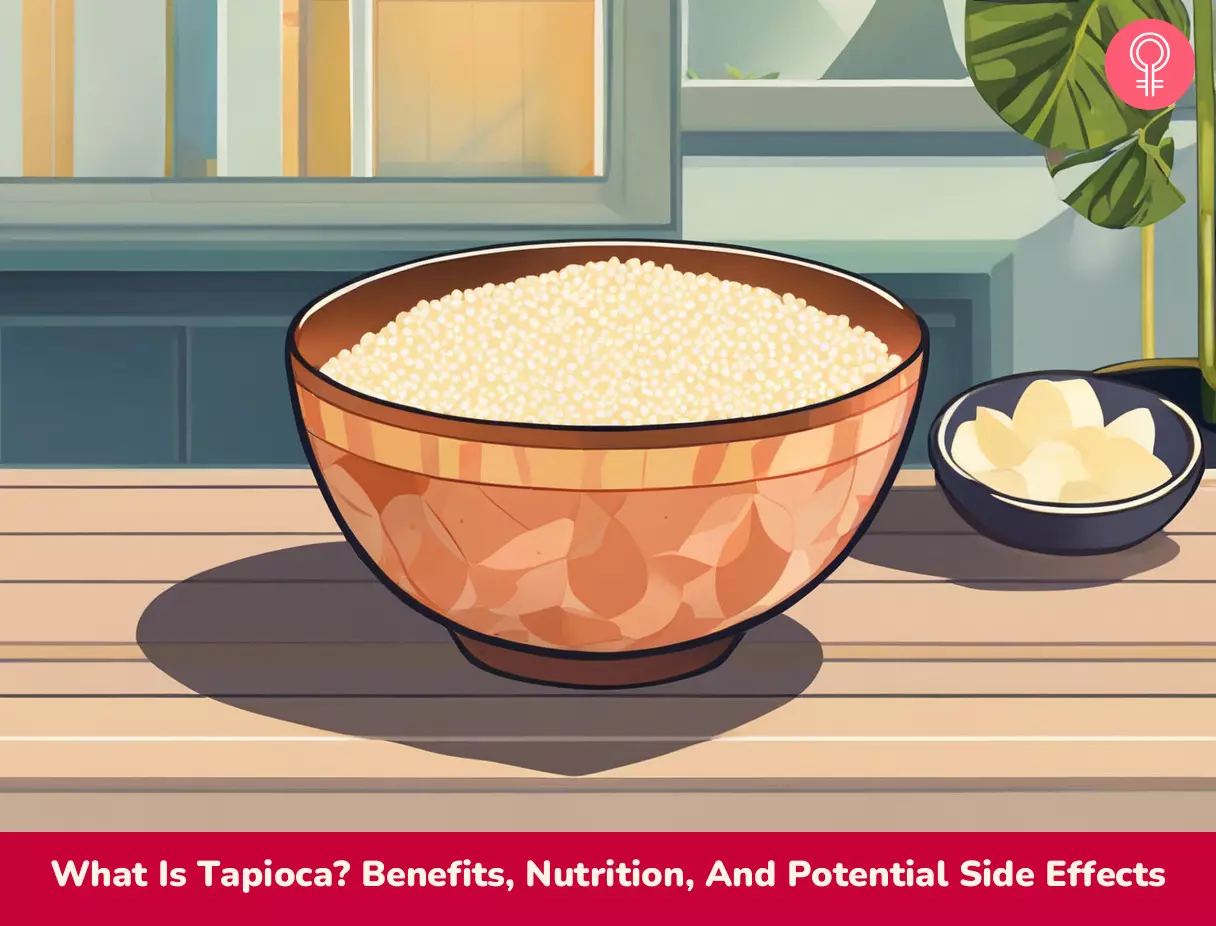
Image: Stable Diffusion/StyleCraze Design Team
References
Articles on StyleCraze are backed by verified information from peer-reviewed and academic research papers, reputed organizations, research institutions, and medical associations to ensure accuracy and relevance. Read our editorial policy to learn more.
- Tapioca, pearl, dry
https://fdc.nal.usda.gov/fdc-app.html#/food-details/169717/nutrients - Effect of dietary fiber on constipation: A meta analysis
https://www.ncbi.nlm.nih.gov/labs/pmc/articles/PMC3544045/ - Dietary fiber intake and risk of colorectal cancer and incident and recurrent adenoma in the Prostate, Lung, Colorectal, and Ovarian Cancer Screening Trial
https://www.ncbi.nlm.nih.gov/labs/pmc/articles/PMC4588743/ - Reduction in saturated fat intake for cardiovascular disease
https://pubmed.ncbi.nlm.nih.gov/32428300/ - Ethnopharmacological values of cassava and its potential for diabetes and dyslipidemia management: Knowledge survey and critical review of report
https://www.ncbi.nlm.nih.gov/labs/pmc/articles/PMC5580950/ - The prevalence of celiac disease in the United States
https://pubmed.ncbi.nlm.nih.gov/22850429/ - Herbal medicine use during breastfeeding: a cross-sectional study among mothers visiting public health facilities in the Western area of Sierra Leone
https://bmccomplementmedtherapies.biomedcentral.com/articles/10.1186/s12906-019-2479-7 - Tapioca, pearl, dry
https://fdc.nal.usda.gov/fdc-app.html#/food-details/169717/nutrients - Iron
https://ods.od.nih.gov/factsheets/iron-consumer/ - Outbreak of Cyanide Poisoning Caused by Consumption of Cassava Flour — Kasese District, Uganda, September 2017
https://www.ncbi.nlm.nih.gov/labs/pmc/articles/PMC6611475/ - The toxic effects of cassava (manihotesculentagrantz) diets on humans: a review
https://pubmed.ncbi.nlm.nih.gov/1650055/ - Konzo: from poverty, cassava, and cyanogen intake to toxico-nutritional neurological disease
https://pubmed.ncbi.nlm.nih.gov/21738800/ - Allergy to cassava: a new allergenic food with cross-reactivity to latex
https://pubmed.ncbi.nlm.nih.gov/18088025/ - Low-FODMAP diet in the management of irritable bowel syndrome
https://www.researchgate.net/publication/326519912_Low-FODMAP_diet_in_the_management_of_irritable_bowel_syndrome - Diet & Nutrition for Adults with Advanced Chronic Kidney Disease
https://www.niddk.nih.gov/health-information/kidney-disease/chronic-kidney-disease-ckd/eating-nutrition/nutrition-advanced-chronic-kidney-disease-adults
Read full bio of Tracy Tredoux
Read full bio of Sindhu Koganti
Read full bio of Ravi Teja Tadimalla
Read full bio of Payal Karnik






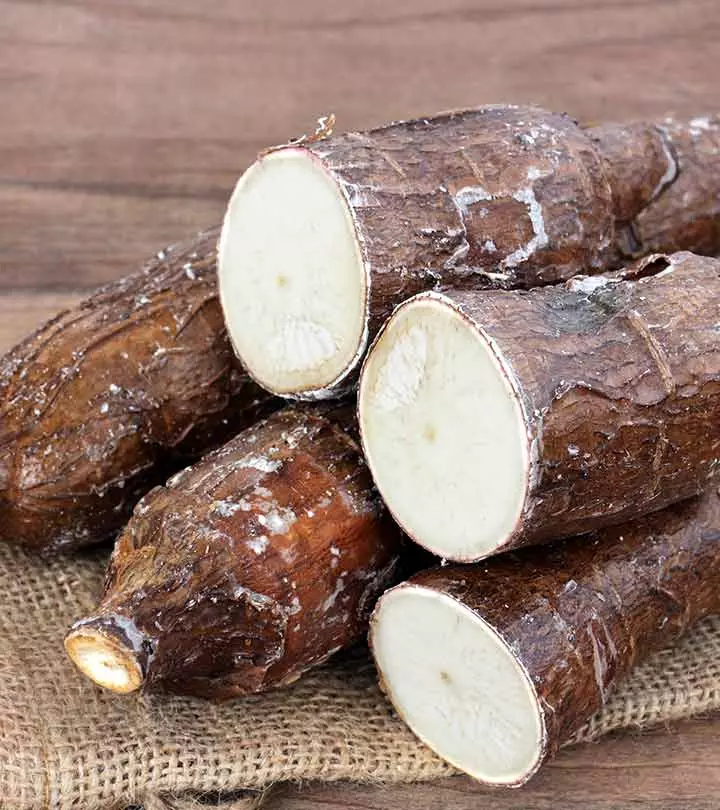
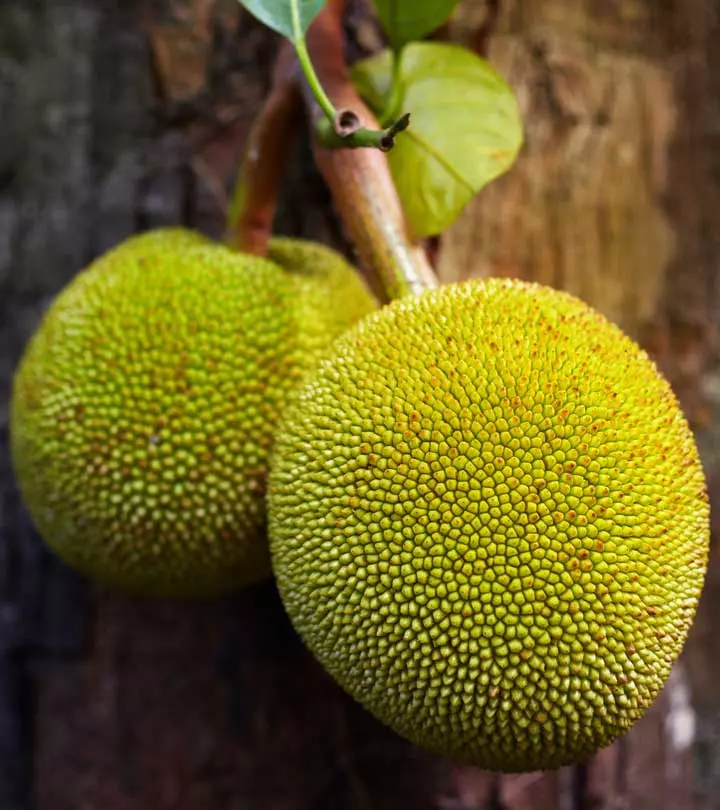
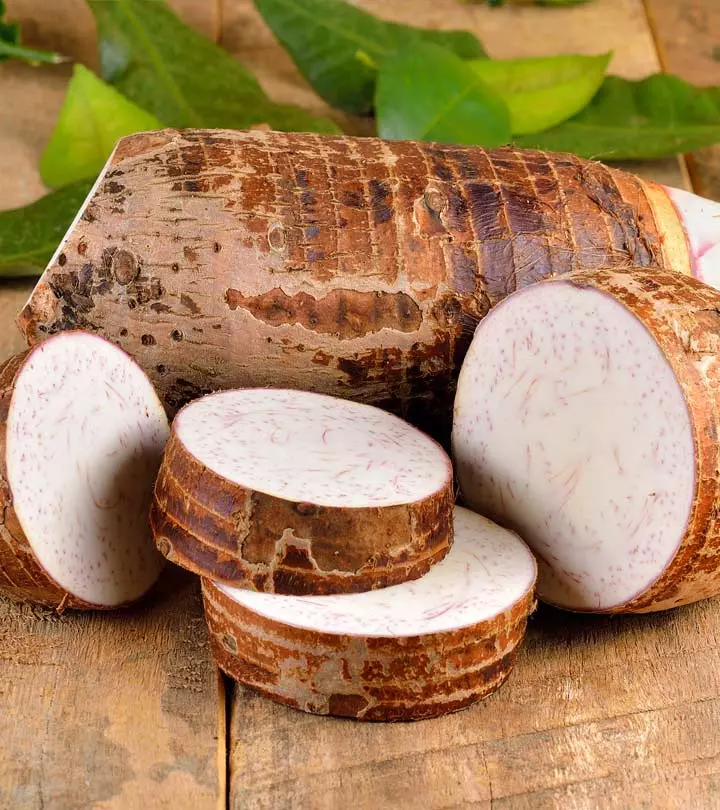

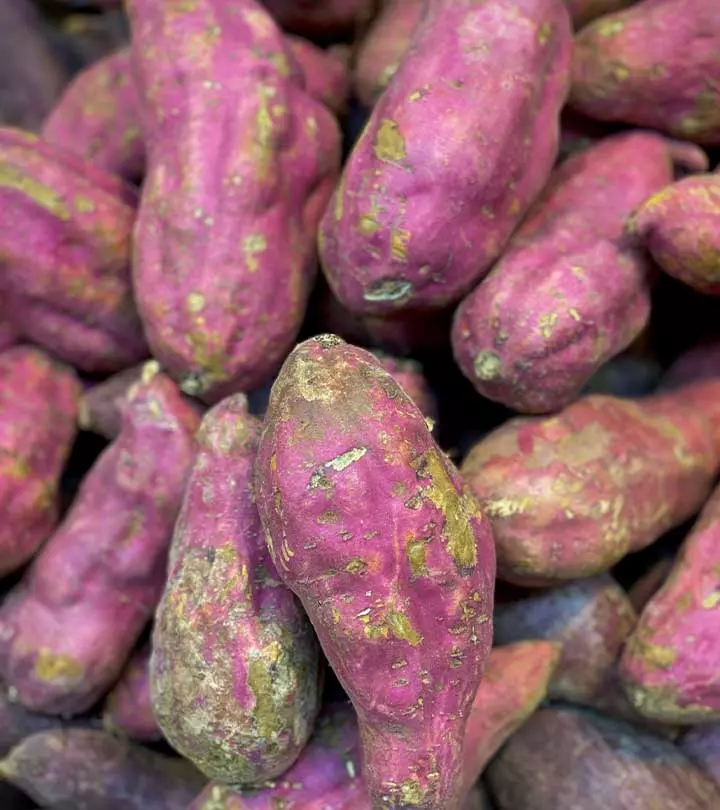
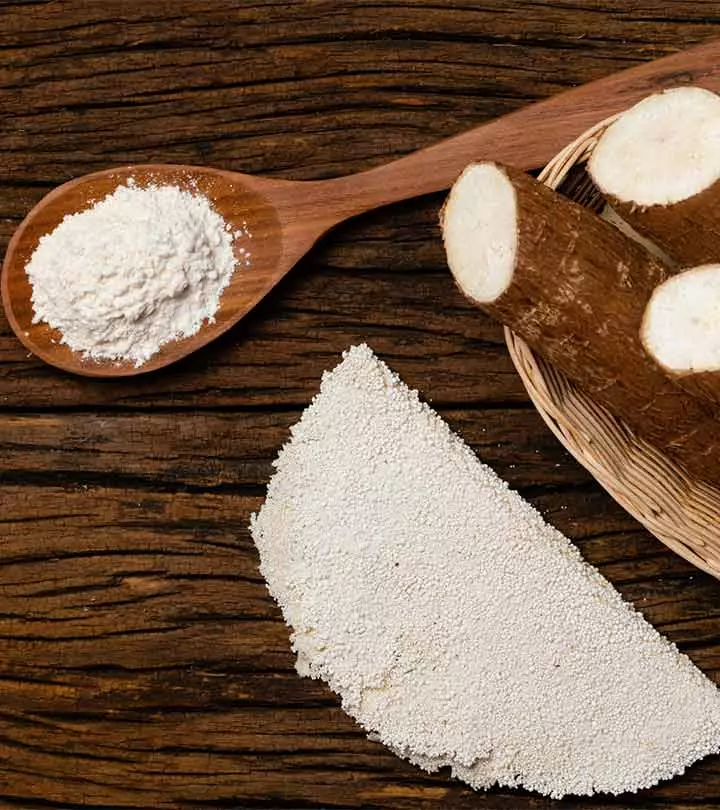
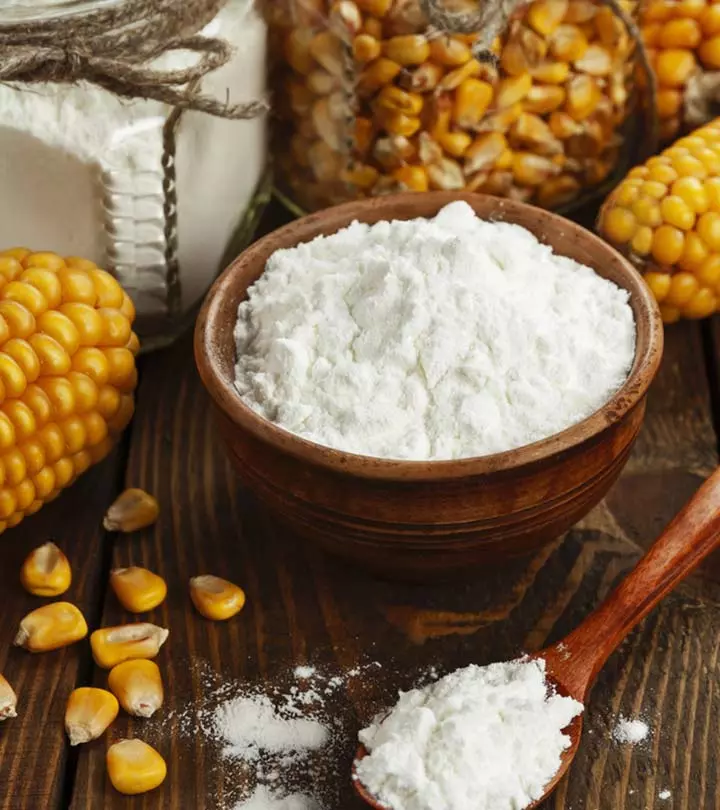

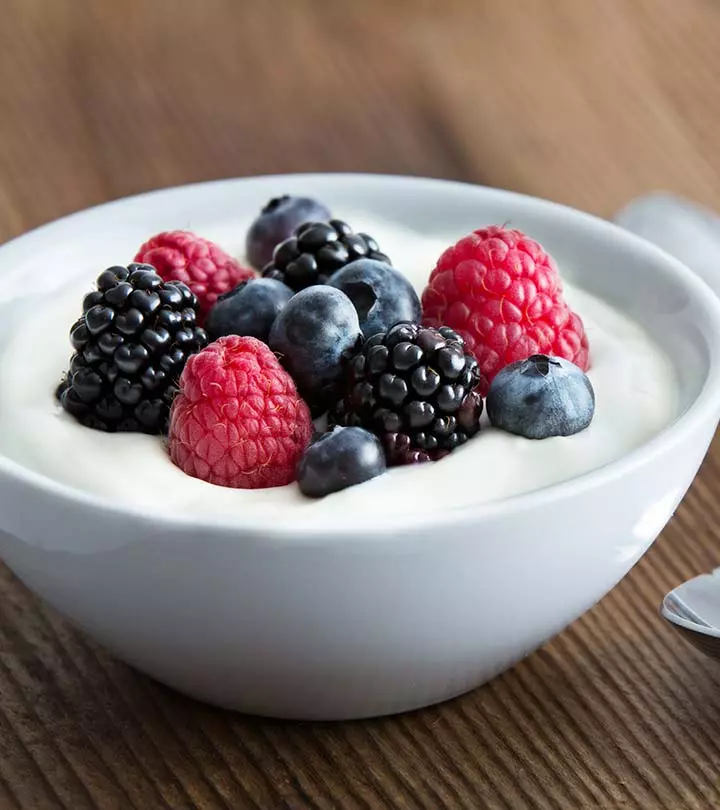
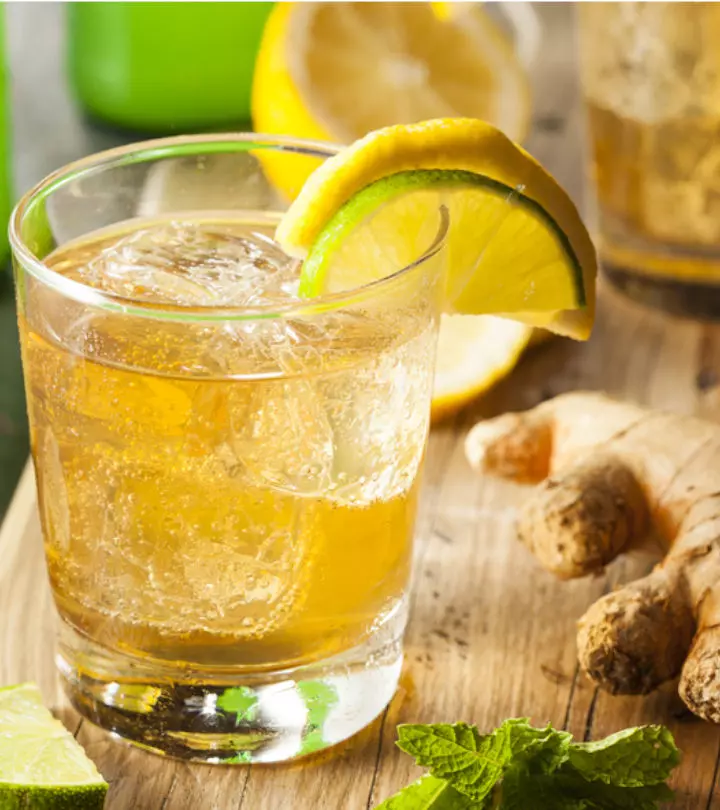

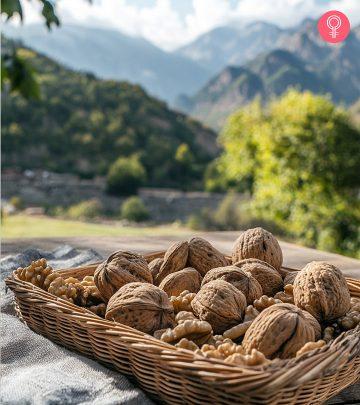
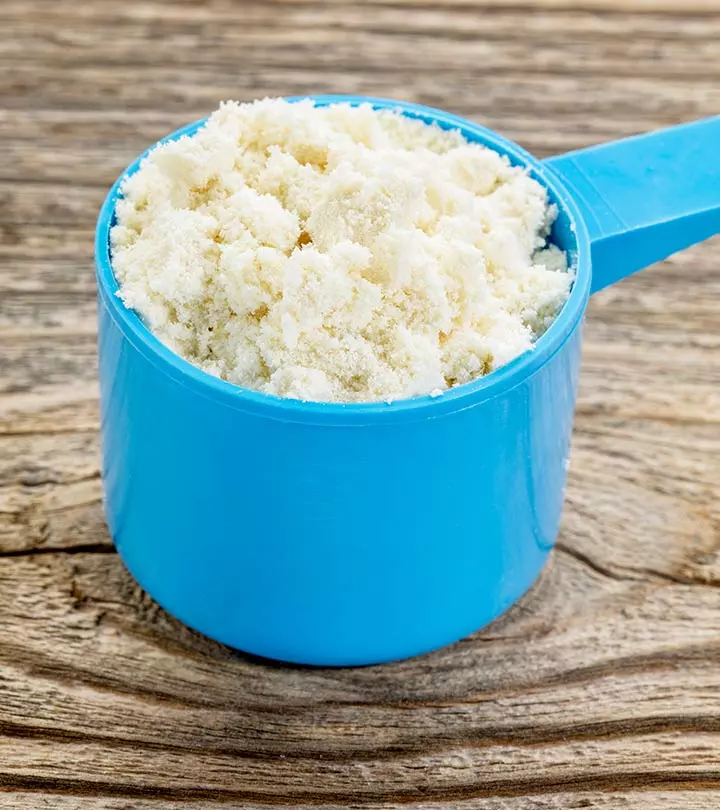


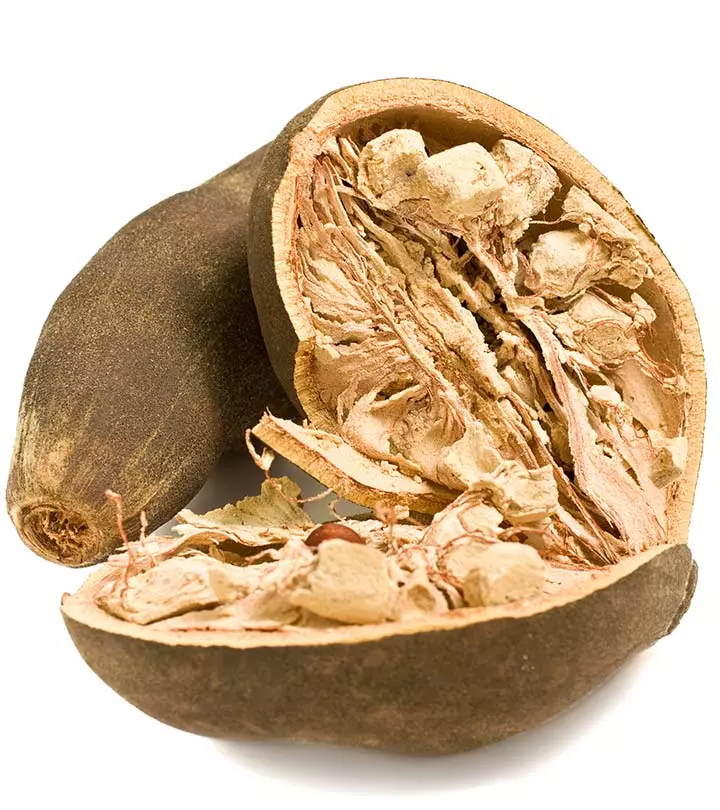

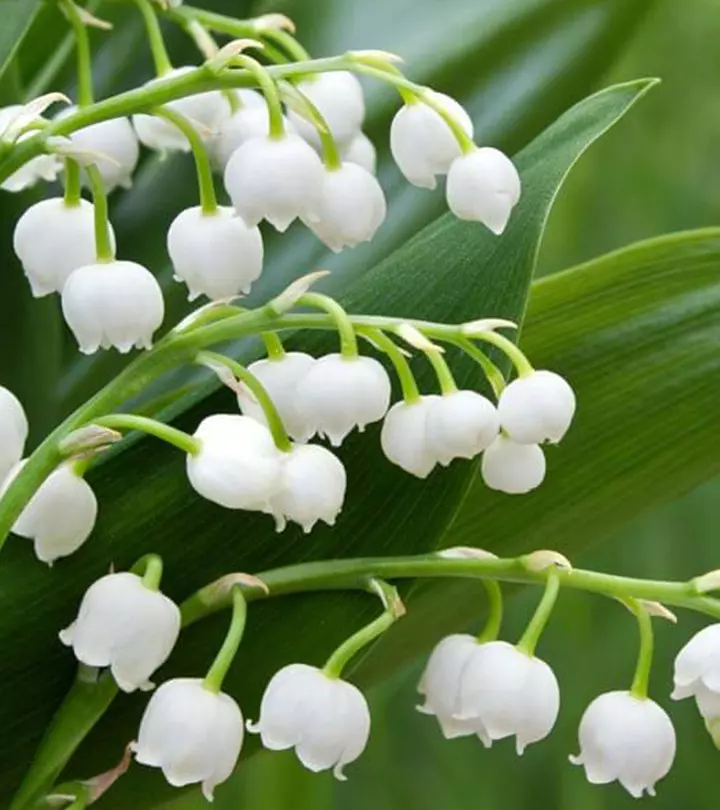

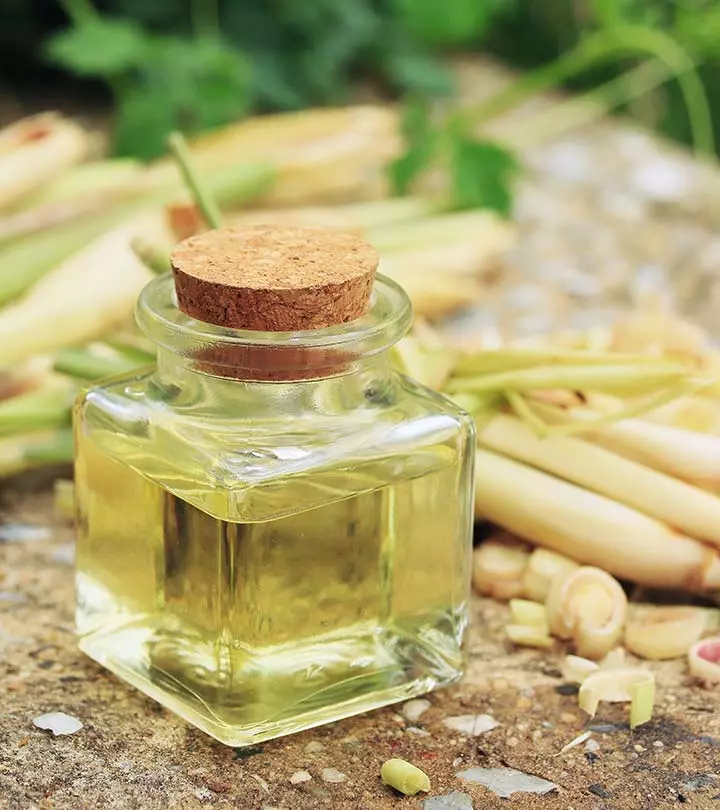

Community Experiences
Join the conversation and become a part of our empowering community! Share your stories, experiences, and insights to connect with other beauty, lifestyle, and health enthusiasts.